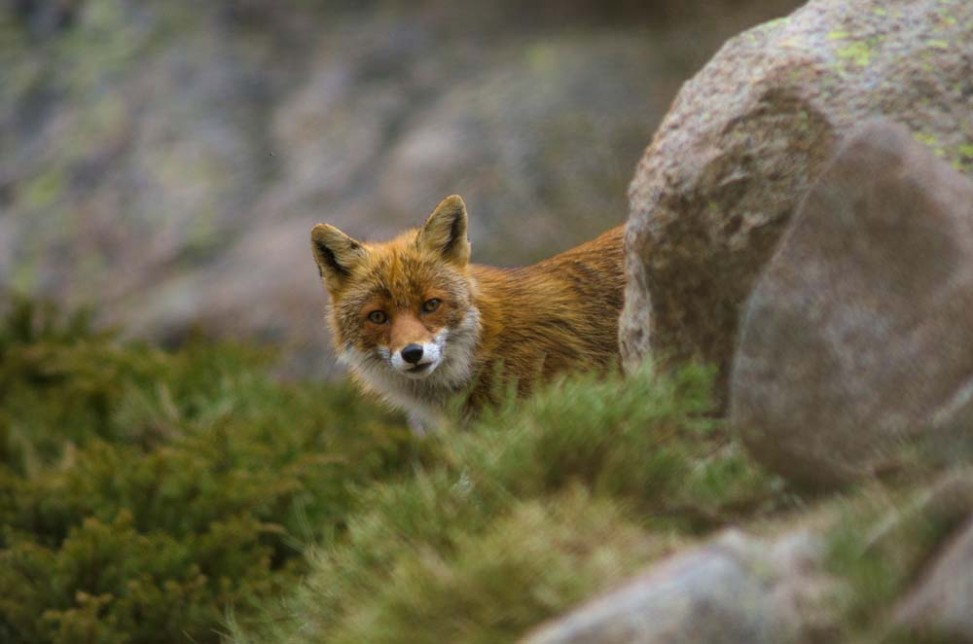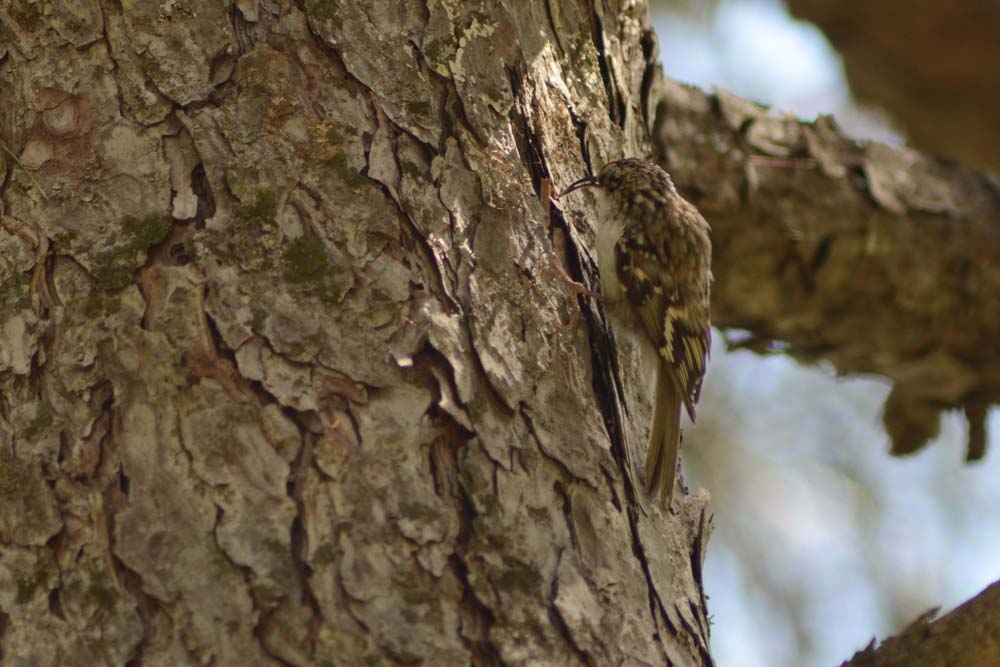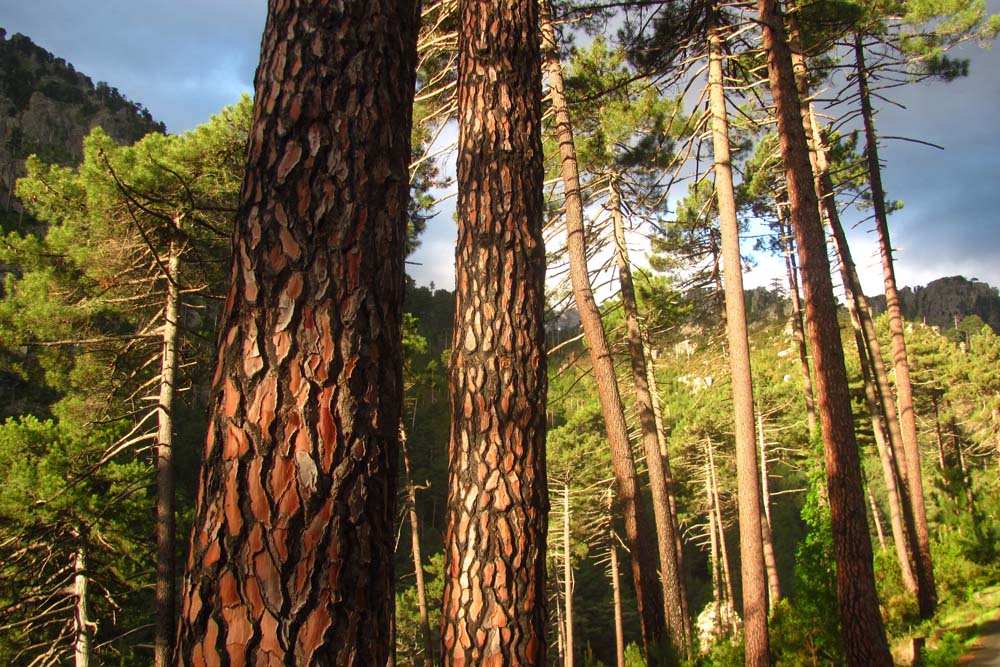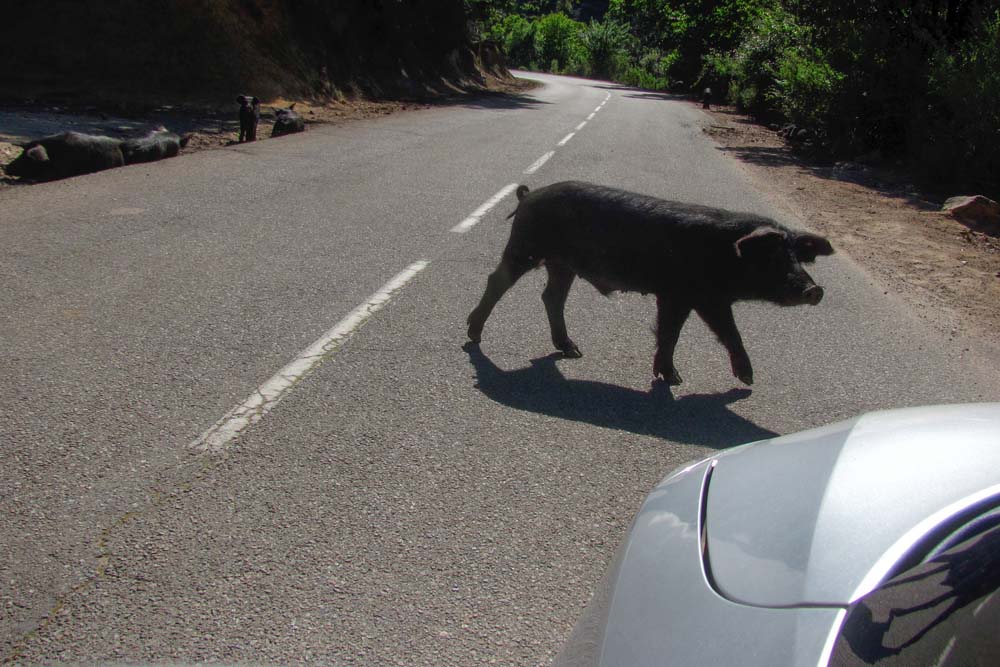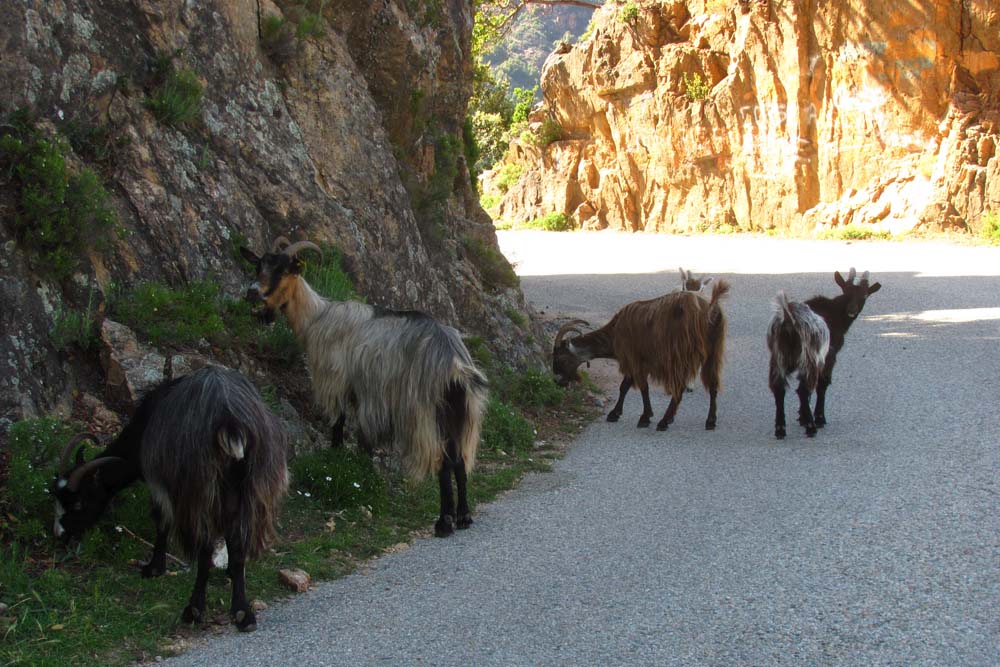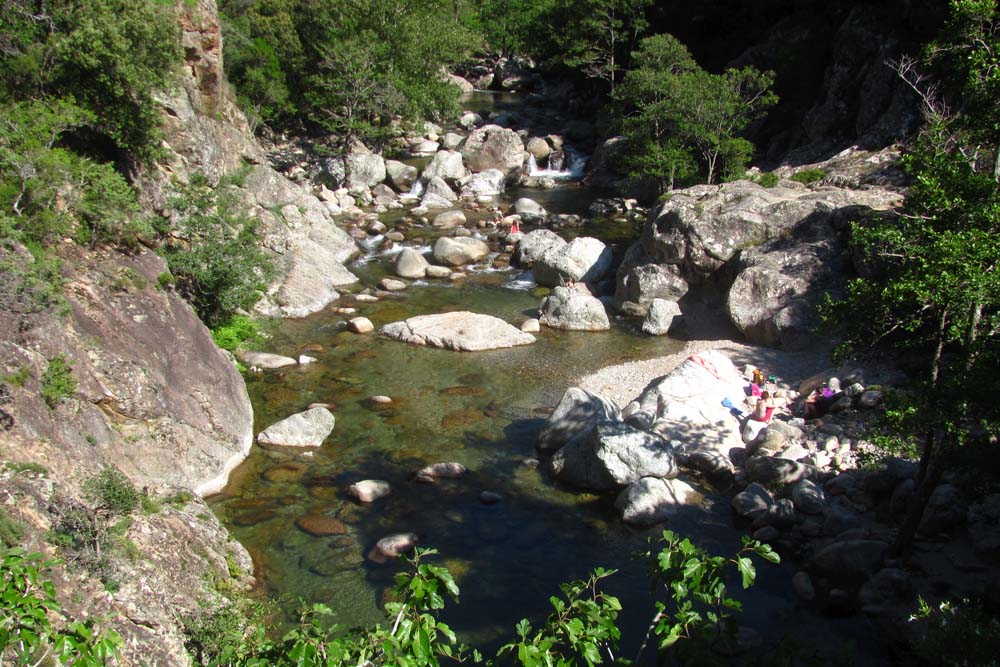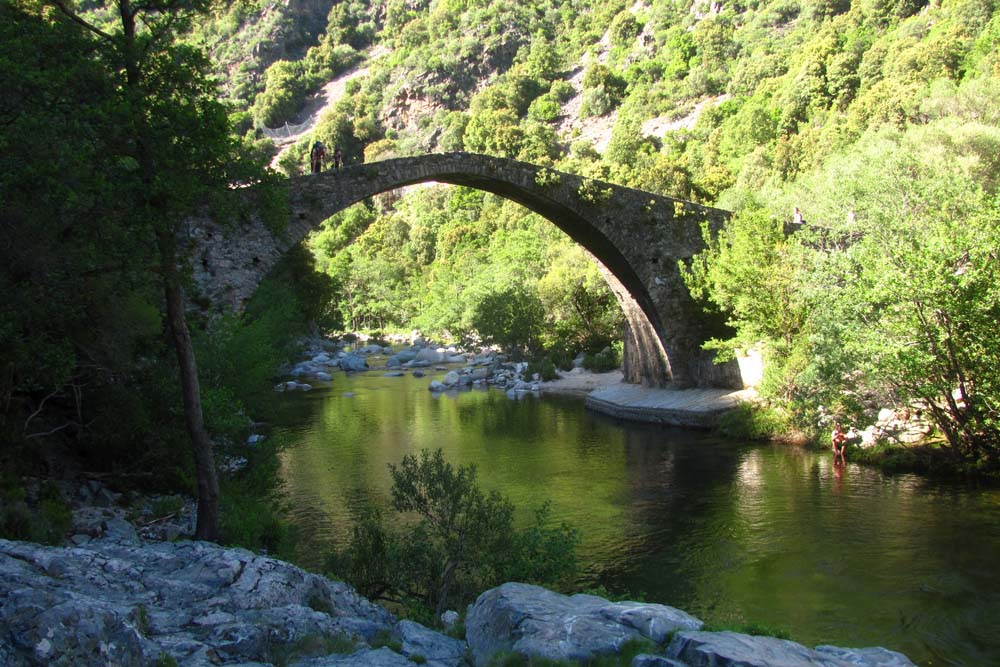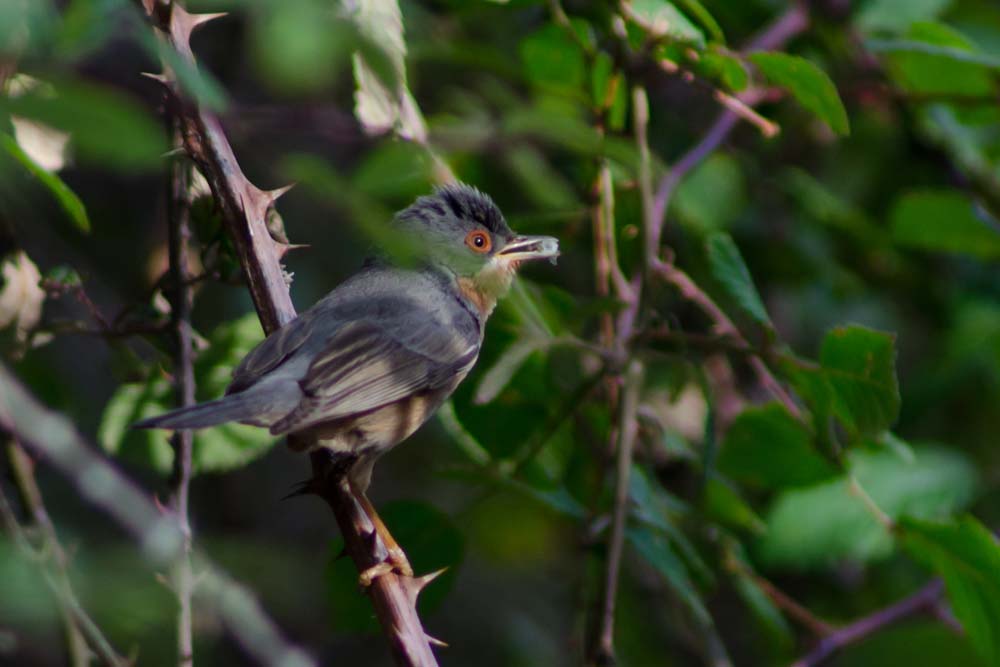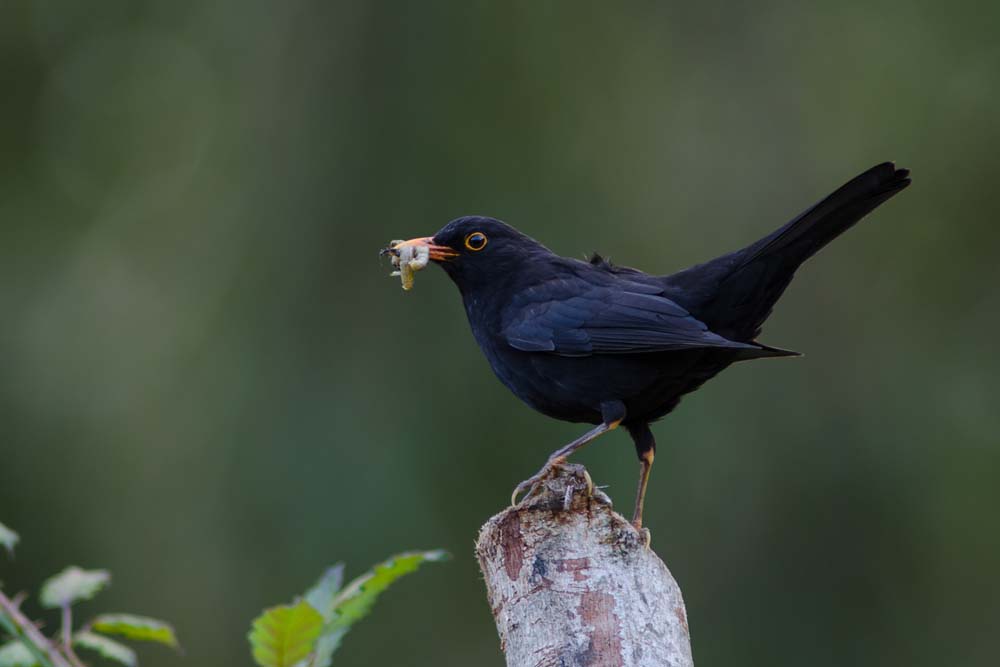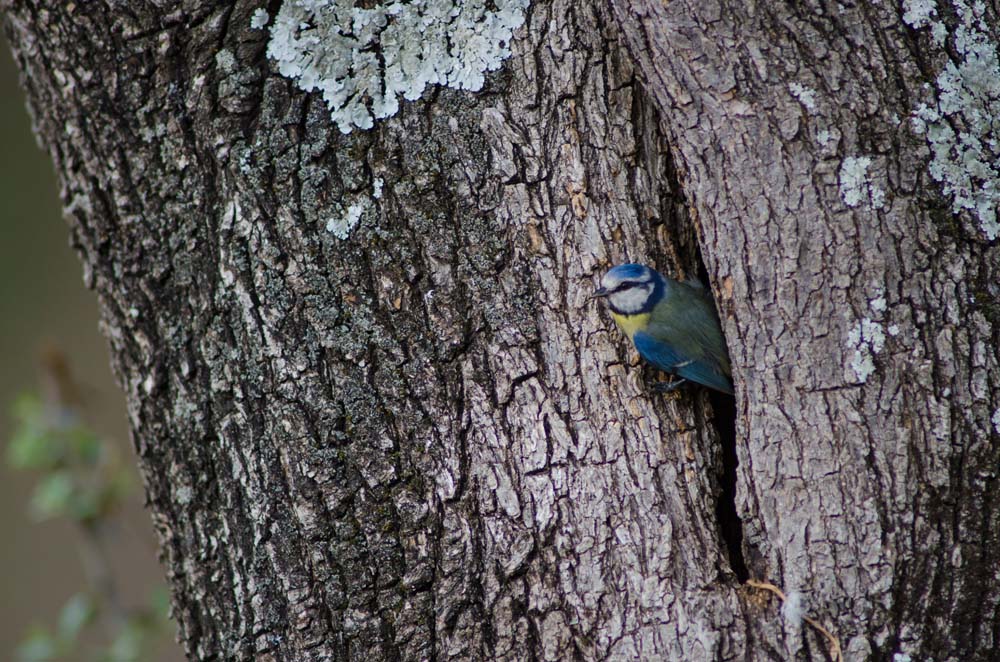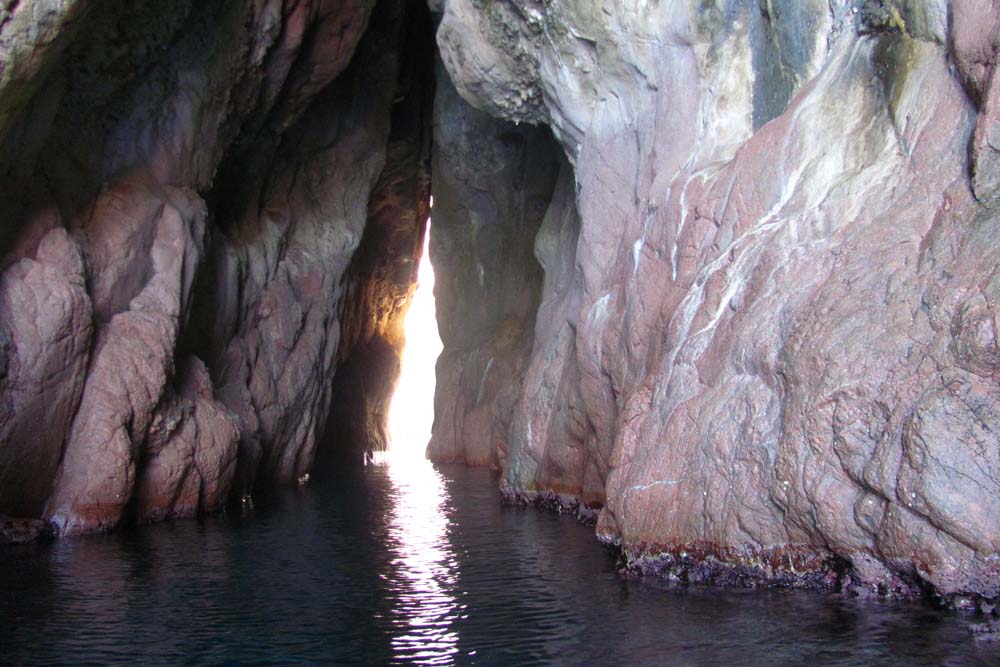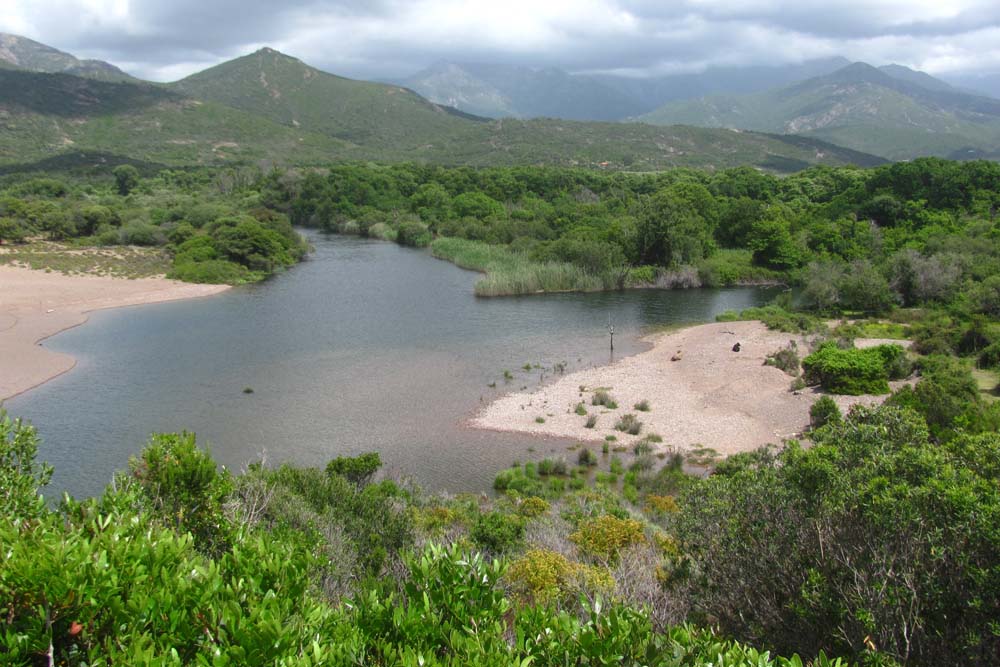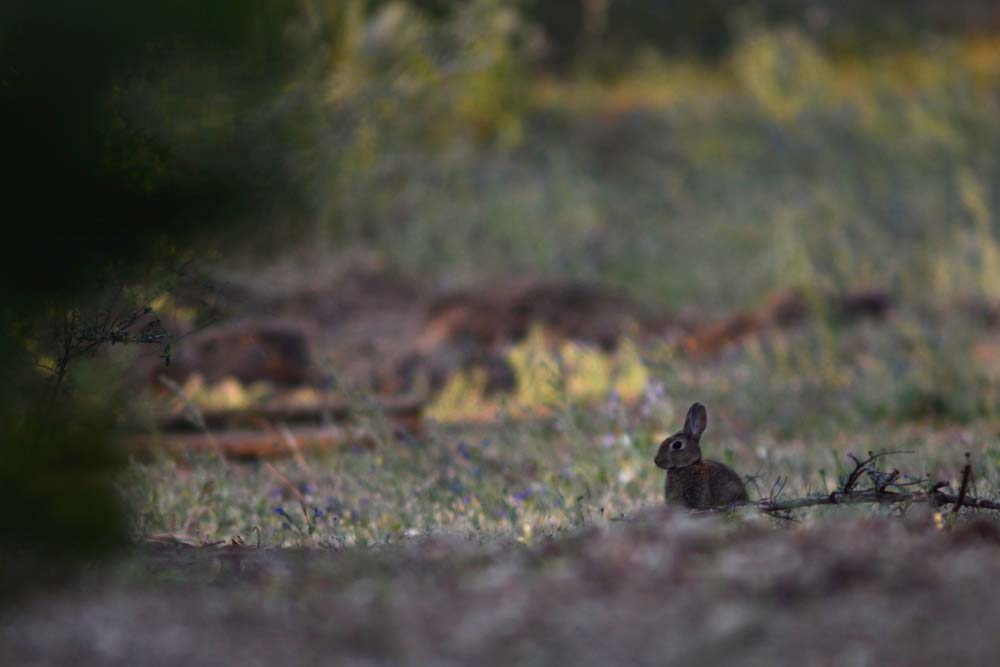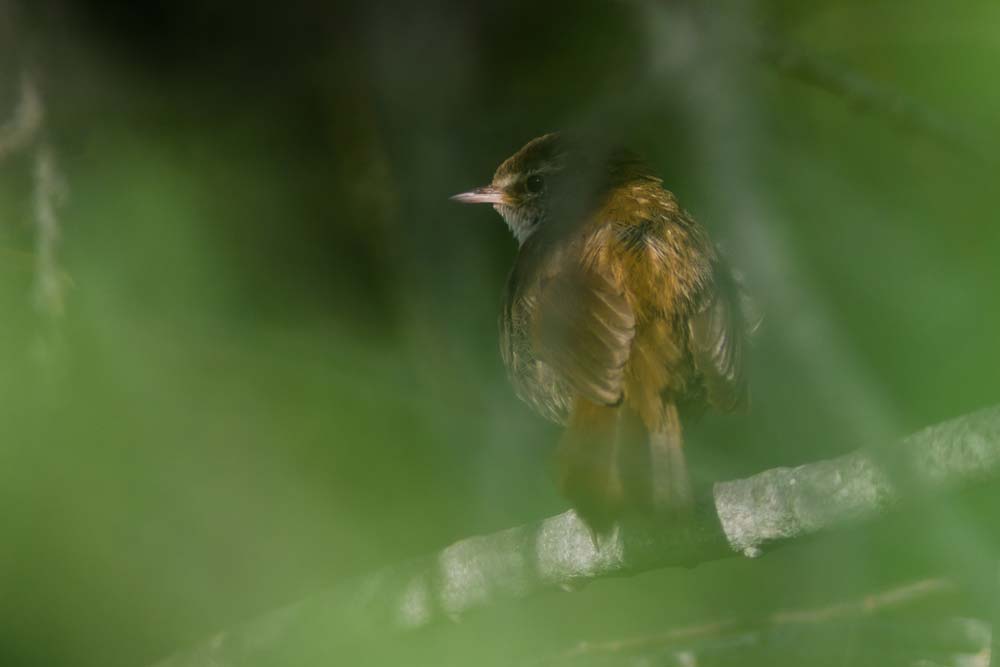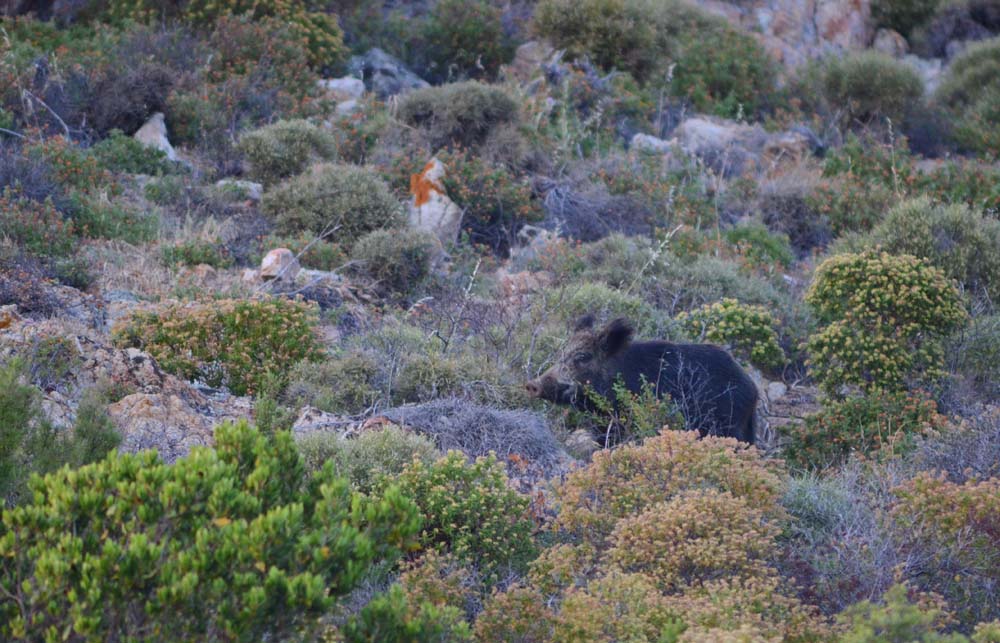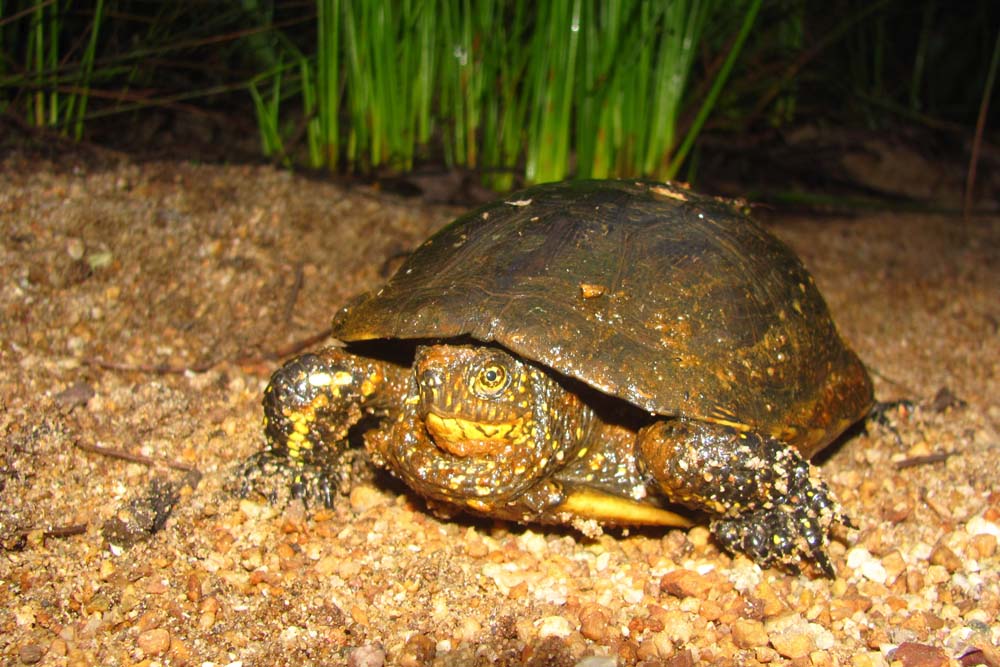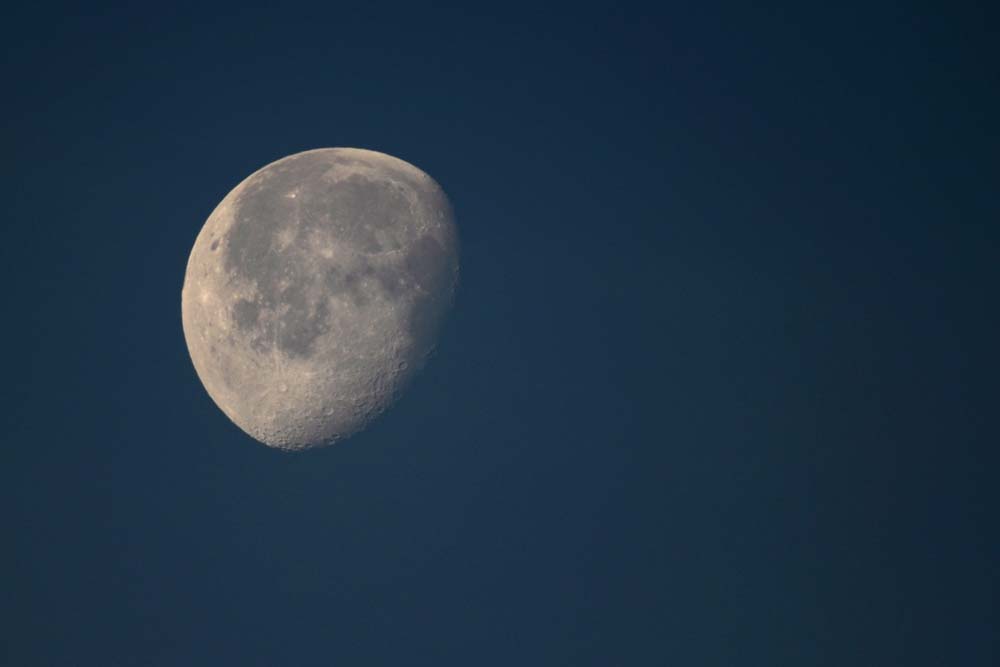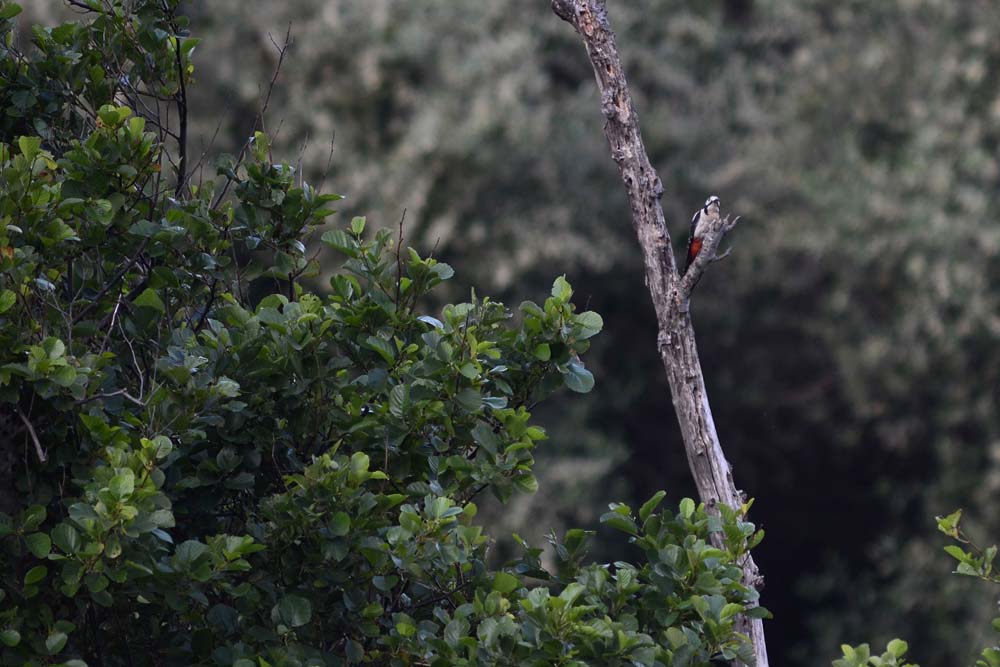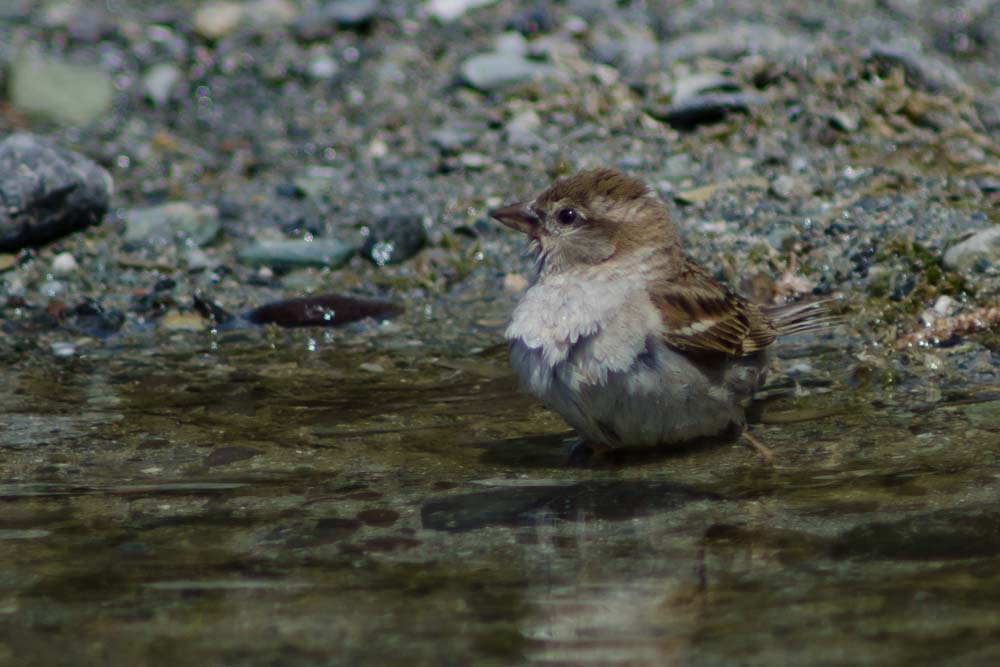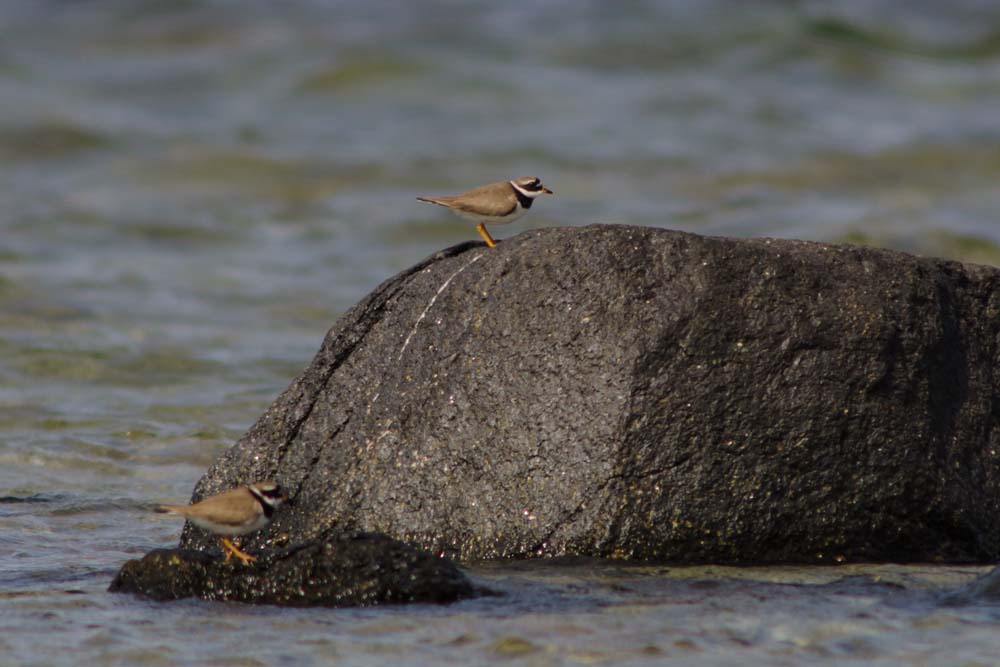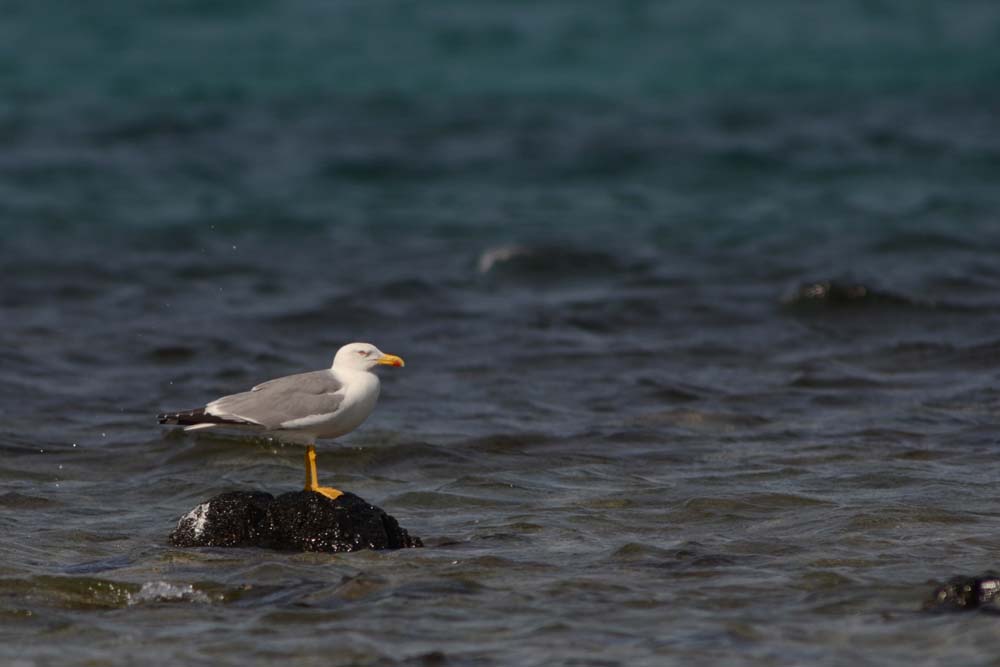What an island! Arboreous hillsides, emerald green bays, gorgeous gorges. And lots of interesting critters.
We started at Bastia and basically crossed the upper third of the island via N 193 and D 84, arrived at Porto and then made our way back to Bastia following the coastline. Locations visited: Bastia, Corte, Restonica-Valley, Lac du Melu, Calacuccia, Col de Vergio, Ota/Spelunca gorge, coast at Osani, Galeria/Fango, Forêt de Bonifatu, Ostriconi, Cap Corse.
The vicinity of the Ostriconi campground was the most productive site in terms of species richness most probably because of the diversity of the habitat and our prolonged staying there.
itinerary
Drive Bastia-Corte, 18.5.2016
herring gull – Silbermöwe (1); Eurasian or Pallid swift – Mauer- oder Fahlsegler? (≈50); house martin – Mehlschwalbe (≈50); barn swallow – Rauchschwalbe? (1); red kite – Roter Milan (4); domestic pigeon – Haustaube (-); hooded crow – Nebelkrähe (-)
Camping Tuani, Restonica-Valley (pine forest) 18.5.-20.5.
golden eagle – Steinadler (1); short-toed treecreeper – Gartenbaumläufer (2); long-tailed tit – Schwanzmeise (1); great tit – Kohlmeise (1); blue tit – Blaumeise (1); chaffinch – Buchfink (1); scops owl – Zwergohreule (1); jay – Eichelhäher (1); coal tit – Tannenmeise, nesting hole on the ground (1); woodpigeon – Ringeltaube (5); spotted flycatcher – Grauschnäpper (2); blackcap – Mönchsgrasmücke (-)
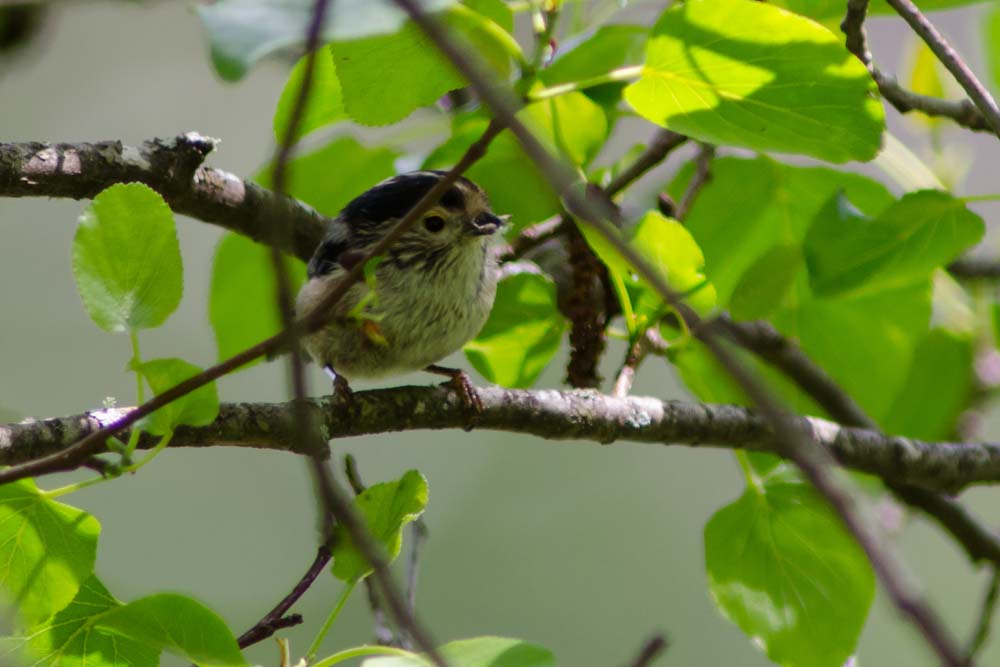
Long-tailed tit – Schwanzmeise – from Camp Tuani. Looks similar to Aegithalos caudatus irbii from Southern and Central Spain, but still different. Note the streaks on dark cheeks, throat, breast and belly and the narrow and erratic white crest. I wonder if this is a peculiarity of Corsican long-tailed tits.
trail to Lac de Melu (1710 m), 18.5.
cuckoo – Kuckuck (1); wren – Zaunkönig (≈5); chaffinch – Buchfink (≈5); grey wagtail – Gebirgsstelze (1); water pipit – Bergpieper (1); crag martin – Felsenschwalbe (≈10); raven – Kolkrabe (2), red fox – Rotfuchs (1)
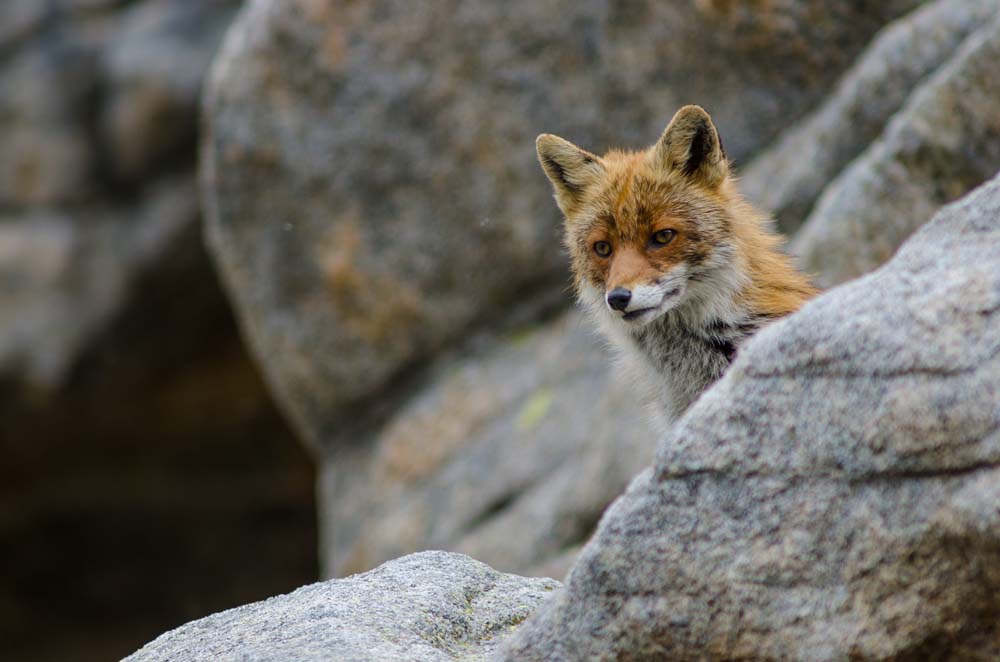
… but I have experienced this several times on other trips: the more people there are, who potentially leave edible things behind, the more inquisitive foxes become.
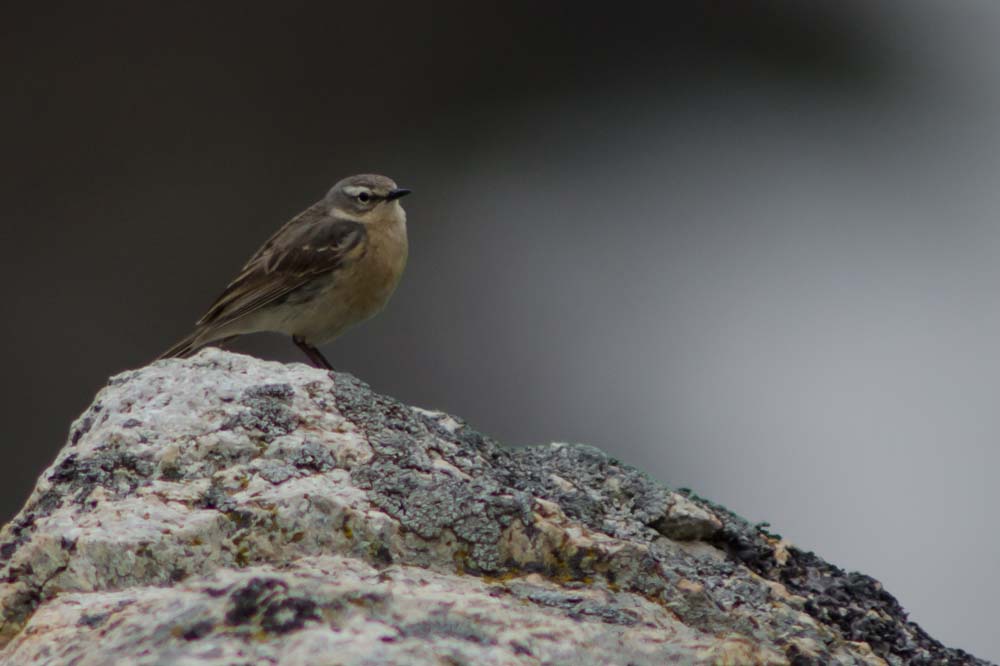
Water pipit – Bergpieper: How nice, to get a close look at this fellow. Note, that there are almost no streaks on breast and flanks.
Corte / citadel, 19.5.
red kite – Roter Milan (1); goldfinch – Distelfink (-); blackbird – Amsel (-); house martin – Mehlschwalbe (-); crag martin – Felsenschwalbe (-); pallid swift – Fahlsegler (-); Italian sparrow – Italiensperling (-); serin – Girlitz (species?) (-); kestrel – Turmfalke (-); blackcap – Mönchsgrasmücke (-)
Morning walk from Camp Tuani/Restonica upwards, 20.5.
woodpigeon – Ringeltaube (-); chaffinch – Buchfink (-); robin – Rotkehlchen (-); wren – Zaunkönig (-); short-toed treecreeper – Gartenbaumläufer (-); great tit – Kohlmeise (-); blackbird – Amsel (-); mistle thrush – Misteldrossel? (-); jay – Eichelhäher (-); coal tit -Tannenmeise (-); common firecrest – Sommergoldhähnchen (1); buzzard – Mäusebussard (2); blue tit – Blaumeise (1); great spotted woodpecker – Buntspecht (-), crag martin – Felsenschwalbe (-)
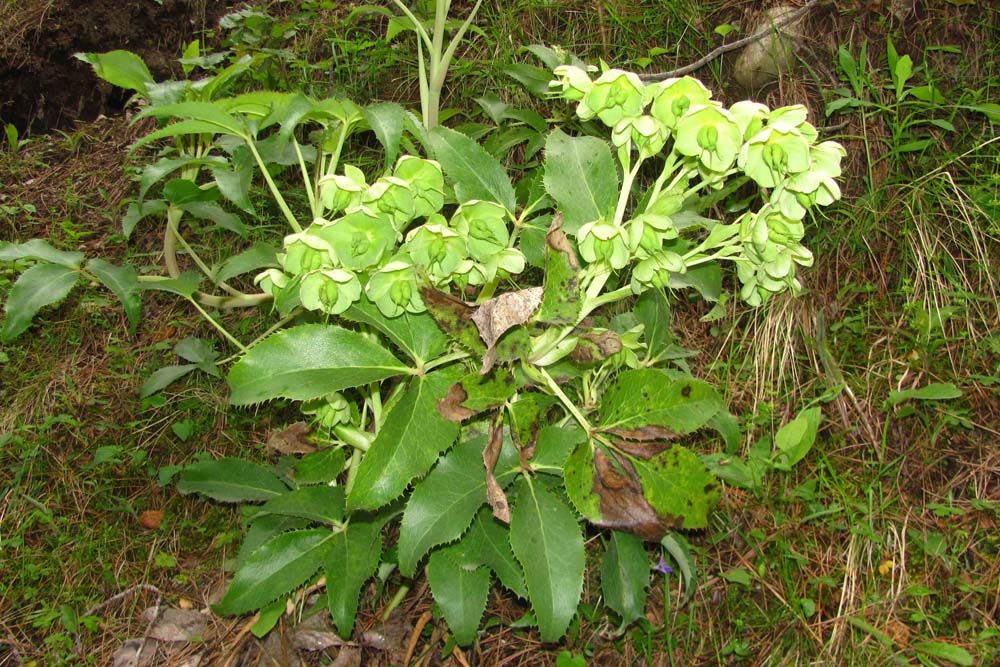
Corsican hellebore (Helleborus lividus corsicus) – Korsische Nieswurz: was in May still one of the prominent plants on the forest floor.
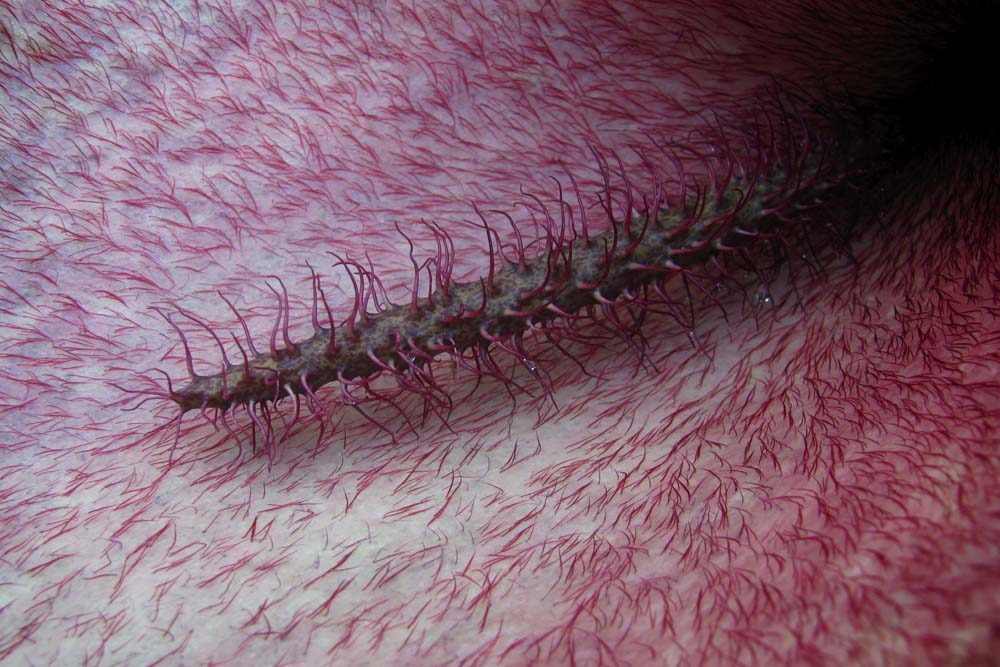
This fantastic plant is said to smell like rotting meat to attract carrion-seeking flies. The specimens I found were still pure beauty and had not yet developed their odor.

I was sure to find the Corsican nuthatch here – which is endemic for Corsica. But I didnn’t. I will try it again!

Royal fern (Osmunda regalis) – Königsfarn. I was surprised to find this impressive plant between the boulders of Restonica river.
Stop at D 84 towards westcoast / east of Calacuccia, 20.5.
stonechat – Schwarzkehlchen (couple); craig martin – Felsenschwalbe (-); house martin – Mehlschwalbe (-); spotted flycatcher – Grauschnäpper (-); kestrel -Turmfalke (-)
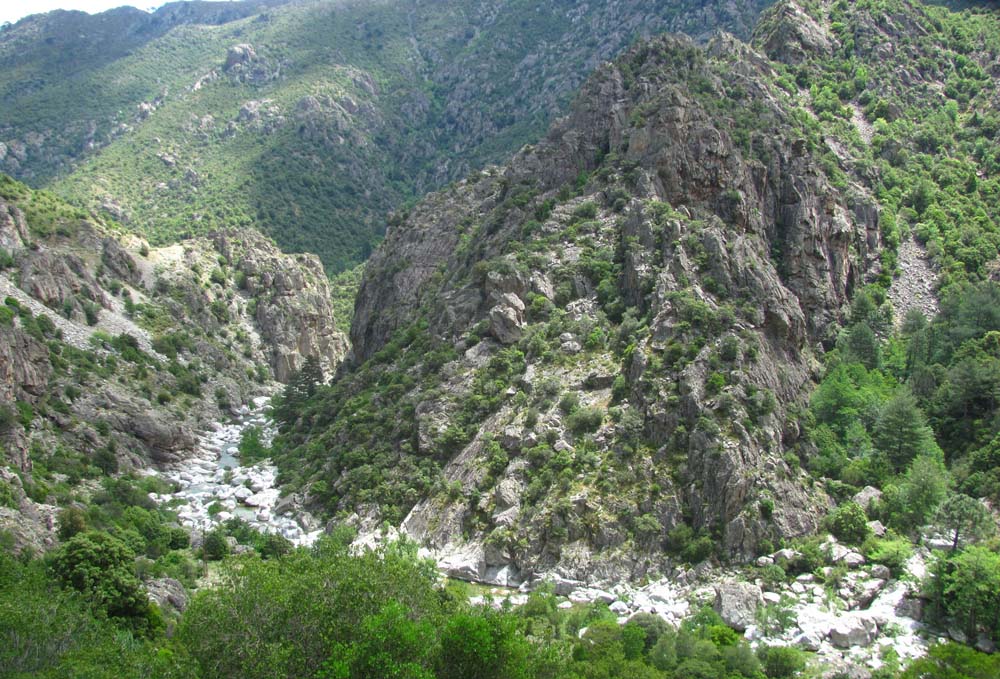
Golo valley below D 84
Coffee break at Calacuccia, 20.5.
spotted flycatcher – Grauschnäpper (-); blackbird – Amsel (-); Eurasian collared dove – Türkentaube ? (2); red kite – Roter Milan (-); hooded crow – Nebelkrähe (-); Italian sparrow – Italiensperling (-); chaffinch – Buchfink (-); Eurasian greenfinch – Grünfink (-); house martin – Mehlschwalbe (-); swift (pallid-?) – Segler (Fahl-?)
Col de Vergio (1452 m), 20.5.
chiffchaff – Zilpzalp (1)
Camp near Porto / Ota, 21.5.
blackbird – Amsel (-); blue tit – Blaumeise (-); goldfinch – Distelfink (-); scops owl – Zwergohreule (-); spotted flycatcher – Grauschnäpper (-); collared dove – Türken?-Taube (-); coal tit – Tannenmeise (-); greenfinch – Grünfink (-)
Ota, 21.5.
pallid swift – Fahlsegler (≈10); Italian sparrow – Italiensperling (-)
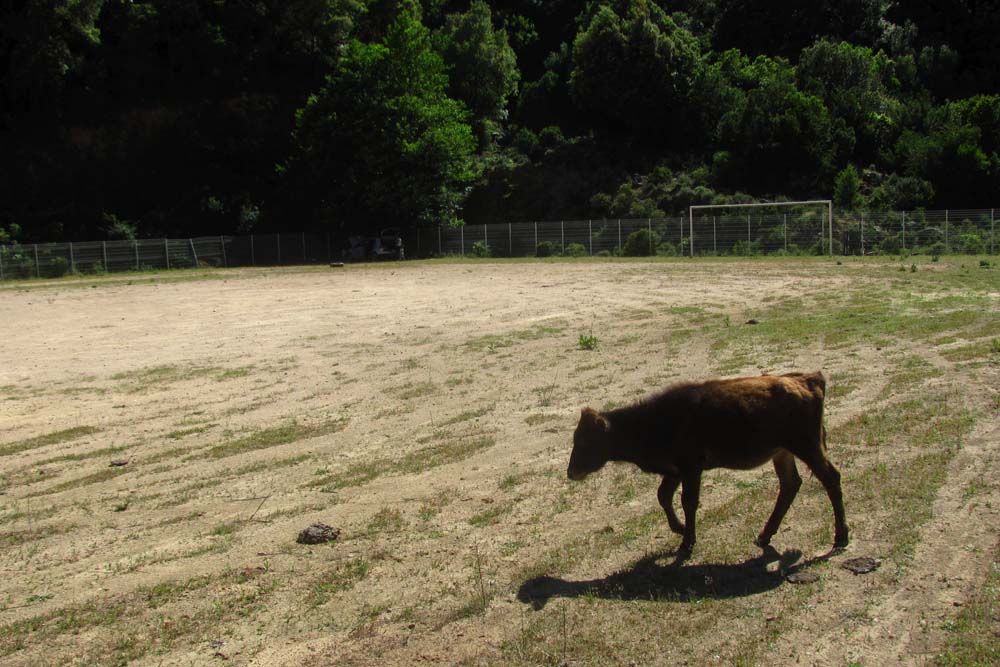
… or a manifestation of the good forage quality at Ota soccer field?
Osani, Westcoast / Camping e Gradelle, 22.5.
raven – Kolkrabe (2); robin – Rotkehlchen (1); great tit – Kohlmeise (2+); great spotted woodpecker – Buntspecht (3); blackbird – Amsel (2); long-tailed tit – Schwanzmeise (2); blue tit – Blaumeise (2); subalpine warbler – Weißbartgrasmücke (couple); Eurasian jay – Eichelhäher (1); common firecrest – Sommergoldhähnchen (1); greenfinch – Grünfink (1); pallid swift – Fahlsegler (5+); goldfinch – Distelfink (2).
Shore: shag – Krähenscharbe (-); blue rock thrush – Blaumerle (1); rock dove – Felsentaube (2); hering gull – Silbermöwe (5+)
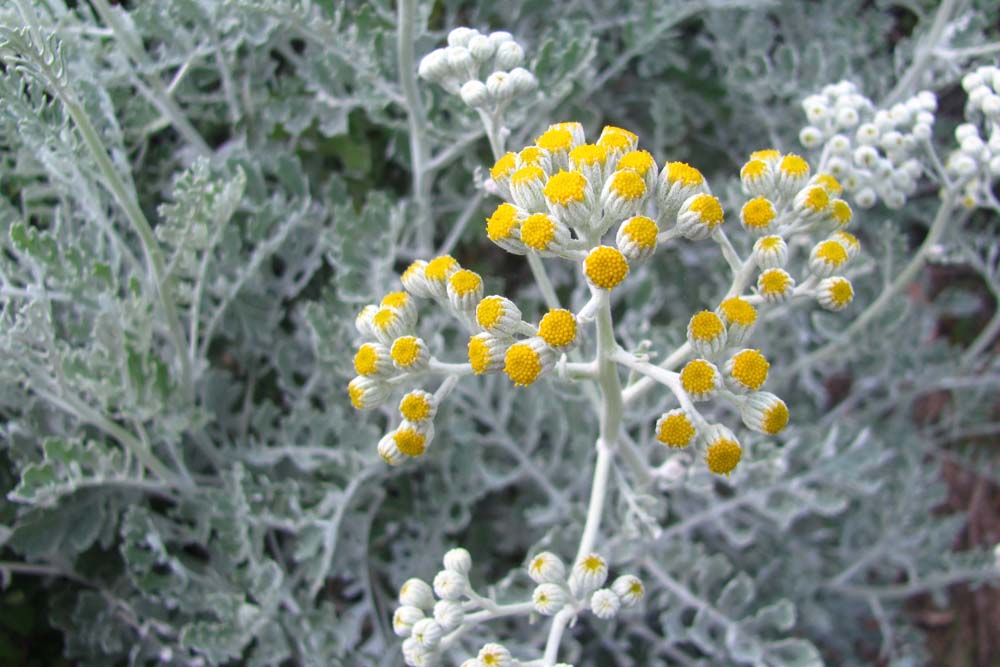
Cotton weed plant (Otanthus maritimus) – Schneeweiße Strandfilzblume at the beach of Osani e Gradelle
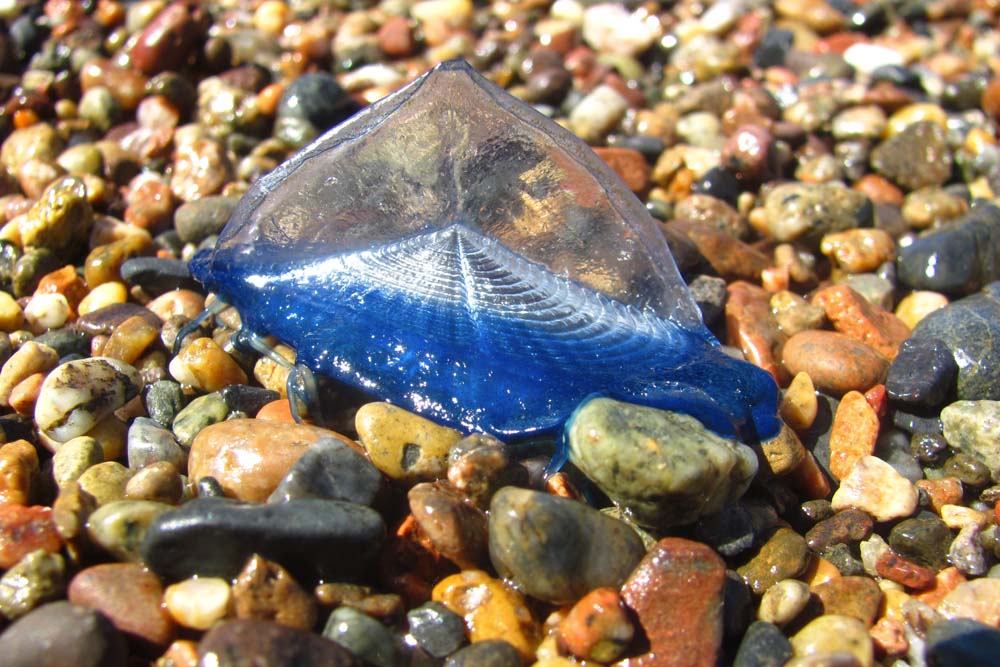
One of quite some dozen by-the-wind-sailors (Velella velella) – Segelqualle: fantastic color and biology!
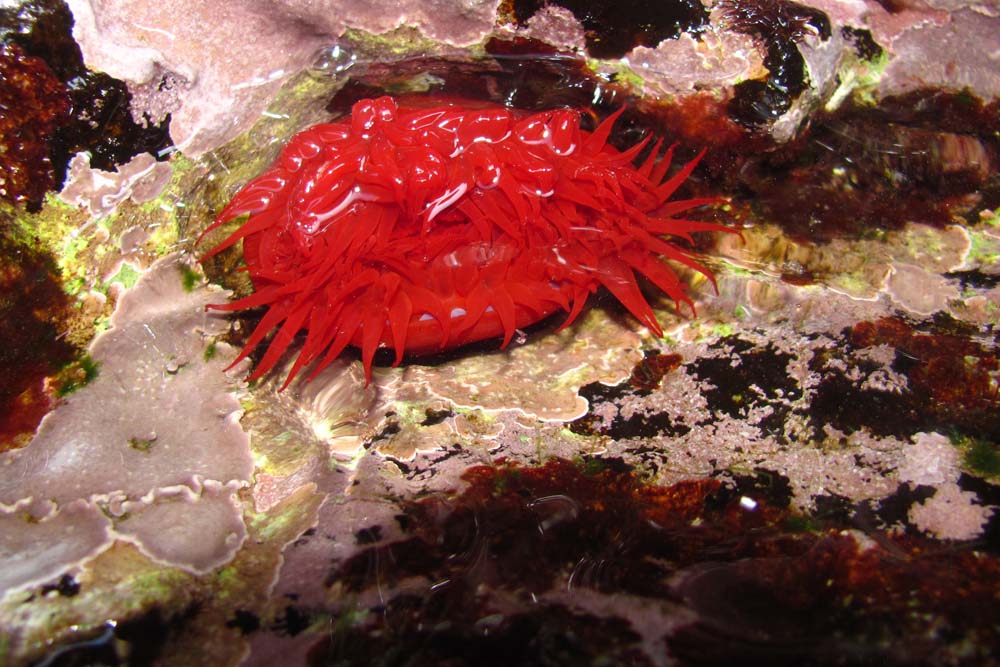
beadlet anemone (Actinia equina) – Pferdeaktinie …
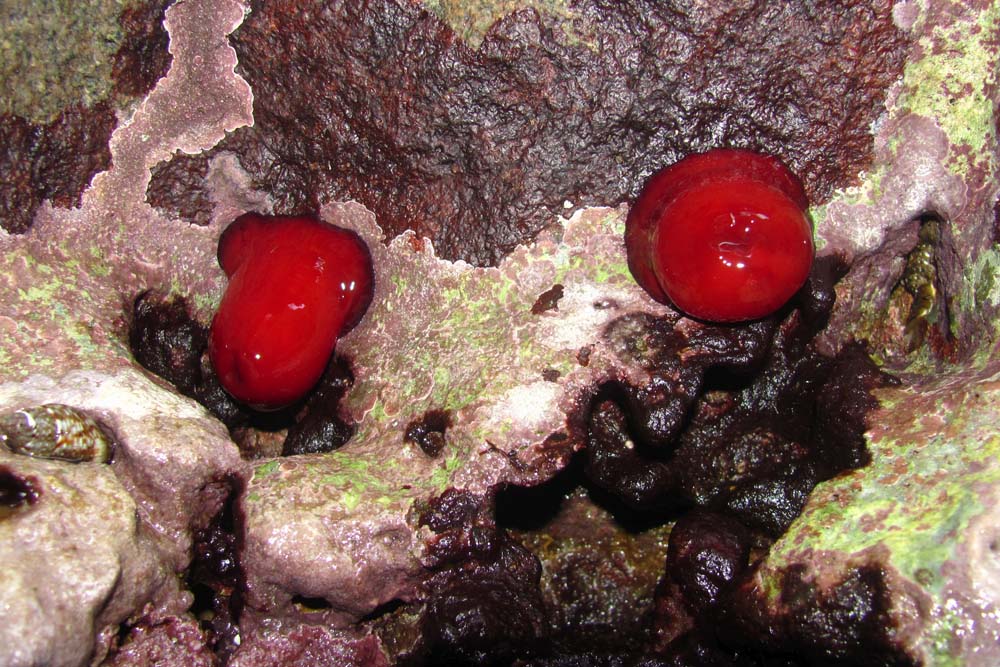
… but no name is more appropriate for this flashy animal than the italian term: pomodoro di mare – sea tomato
near Galeria / mouth of Fango, 23.5.
cirl bunting – Zaunammer (1)
Forêt de Bonifatu / Auberge de la Fôret, 24.5.
great tit – Kohlmeise (-); blue tit – Blaumeise (-); blackbird – Amsel (-); coal tit – Tannenmeise (-); common firecrest – Sommergoldhähnchen (-); blackcap – Mönchsgrasmücke (-); great spotted woodpecker – Buntspecht (-); spotted flycatcher – Grauschnäpper (-); Eurasian treecreeper – Waldbaumläufer (-); jay – Eichelhäher (-); robin – Rotkehlchen (-); woodpigeon – Ringeltaube (-); cuckoo – Kuckuck (-); alpine swift – Alpensegler (-); grey wagtail – Gebirgsstelze (-); wren – Zaunkönig (-)
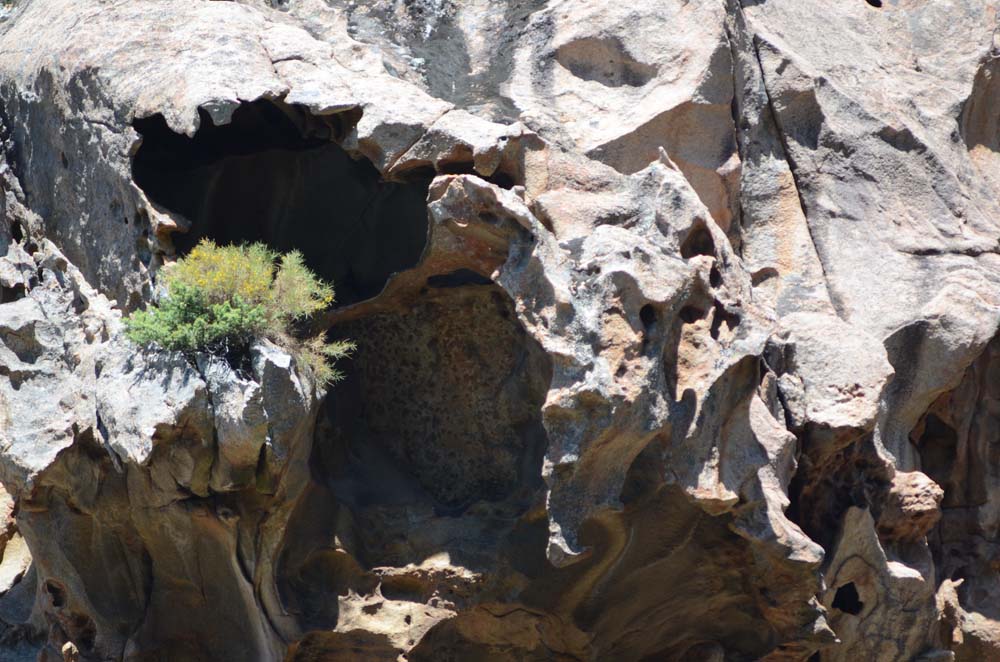
Tafoni: the typical Corsican rock formation – a kind of weathering that leads to cavities in the stone

Bears in Corsica? There are no bears on the island, it was a fox. I surprised it, when I came by early in the morning.
Ostriconi campground / north of Corsica; 25.5.-27.5.
collared dove – Türkentaube (-); Cetti’s warbler – Seidensänger (2); Eurasian turtle dove – Turteltaube (1); nightingale – Nachtigall (1); woodpigeon – Ringeltaube (-); red kite – Roter Milan (-); hoopoe – Wiedehopf (1); kestrel – Turmfalke (-); stonechat – Schwarzkehlchen (1); Eurasian swift – Mauersegler; black-crowned night heron – Nachtreiher (1); cattle egret – Kuhreiher (1); woodchat shrike – Rotkopfwürger (couple); blackbird – Amsel (-); greenfinch – Grünfink (-); Italian sparrow – Italiensperling (-); goldfinch – Distelfink (-); chaff finch – Buchfink (-); bee-eater – Bienenfresser (3); ringed plover – Sandregenpfeifer (1); hering gull – Silbermöwe (-); raven – Kolkrabe (-); hooded crow – Nebelkrähe (-); spotted flycatcher – Grauschnäpper (-); common moorhen – Teichhuhn (1); black coot – Blässhuhn (2); starling – Star (species?); great spotted woodpecker – Buntspecht (-); Sardinian warbler – Samtkopfgrasmücke (3+); jay – Eichelhäher (-); reed warbler – Teichrohrsänger (1); European serin – Girlitz (3); rabbit – Kaninchen (≈10); wild boar – Wildschwein – with several young; feces of pine marten; shrew (1)
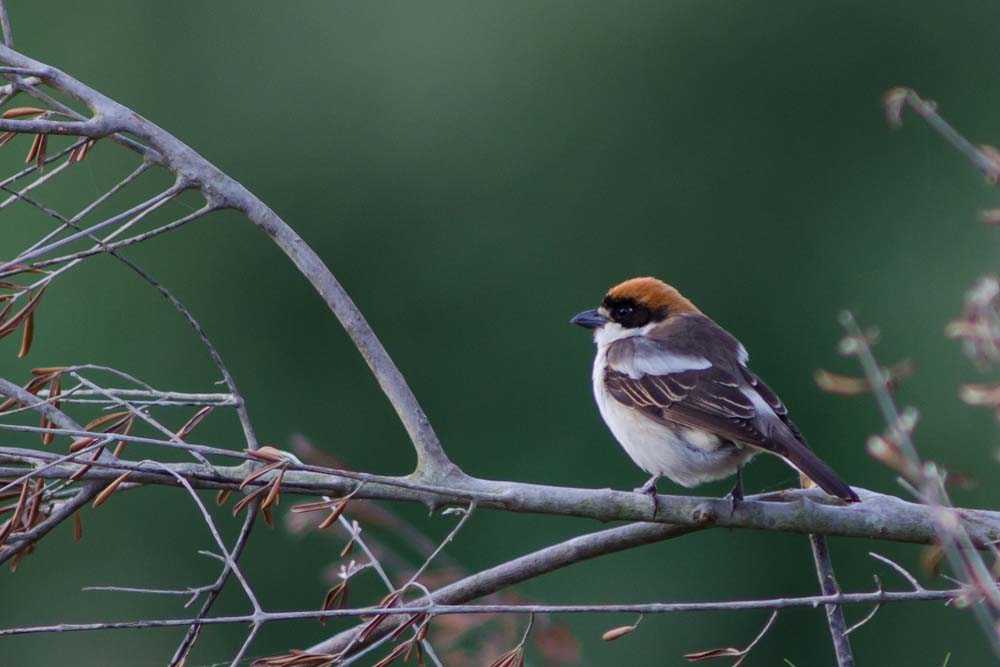
woodchat shrike – Rotkopfwürger: After a 50-year-decline the species is believed to be basically extinct in Middle Europe. Therefore I was glad to find a pair adjacent to the campground.

nightingale – Nachtigall: I had a hard time to get this visually inconspicuous bird finally materialized in the canopy. Great creature!

Eurasian turtle dove – Turteltaube: the deep, vibrating “turrr, turrr”, from which the bird’s name is derived, is a basic ingredient that adds to the atmosphere on Corsican campgrounds.
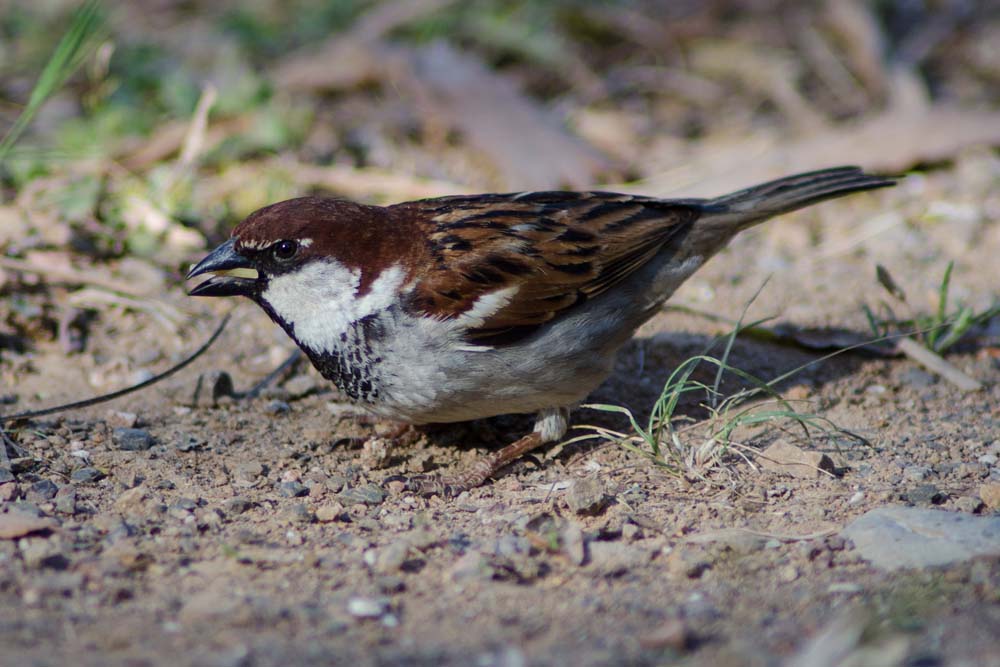
An Italien sparrow – Italien-Sperling: another not shy at all neighbor, this one swiping a piece of dry spaghetti.

curry plant (Helichrysum italicum) – Immortelle: This plant is sometimes used as a spice in Mediterranean cuisine. Although called „curry plant“ and smelling like curry powder, it has nothing whatsoever to do with this mixture of spices, nor with the curry tree (Murraya koenigii), and is not used as masala for curry dishes either.
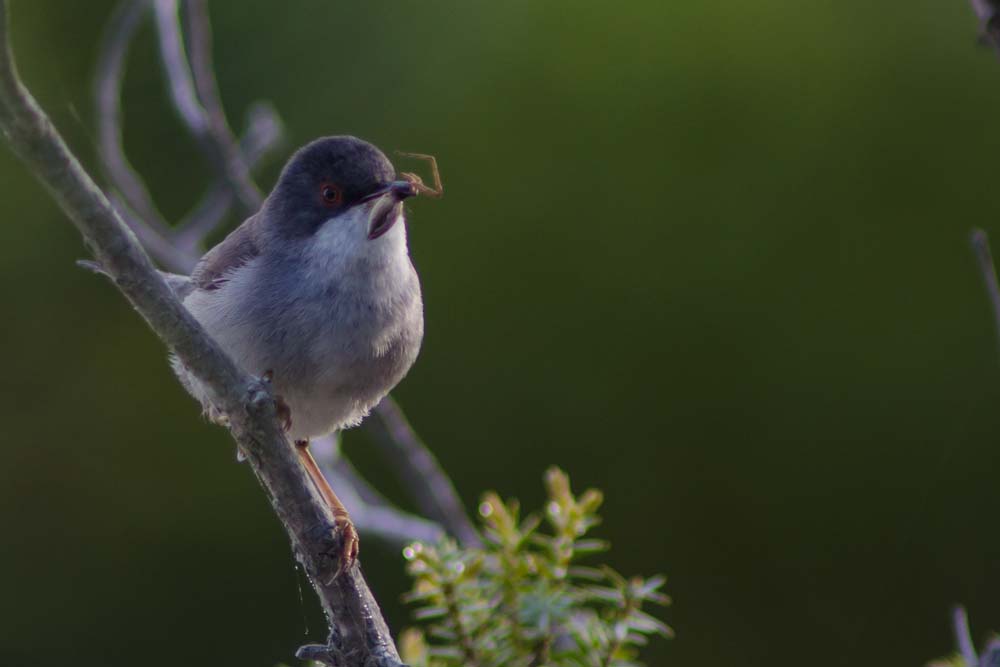
… who was that taxonomist who translated Sylvia melanocephala into „Sardinian warbler“ and „Samtkopf-Grasmücke“ respectively?! And Sylvia sarda into „Marmora’s warbler“ and „Sardengrasmücke“?! What a confusion – grrrr!
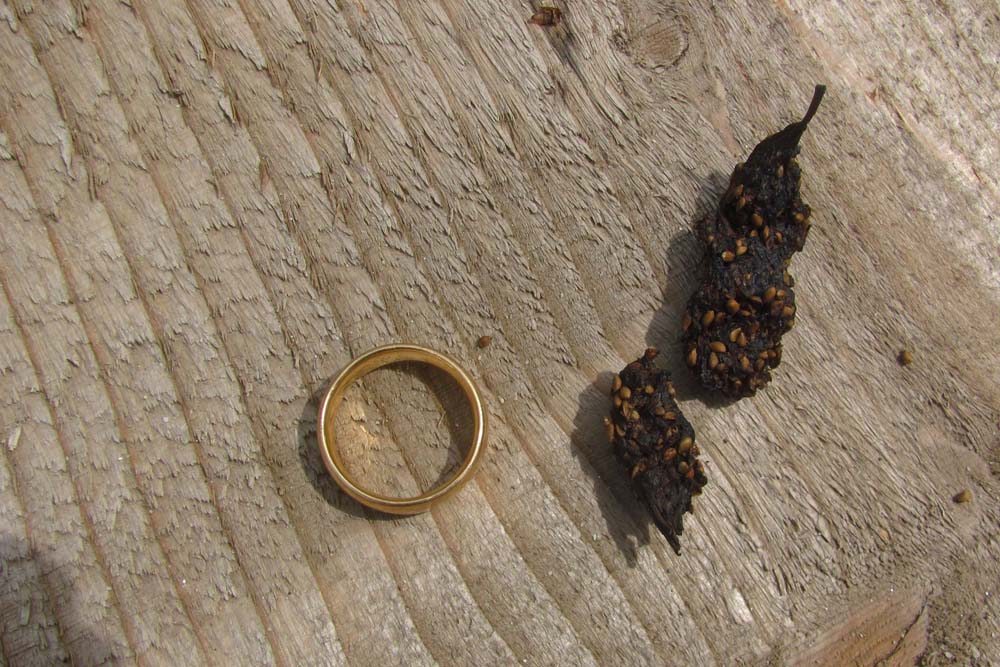
pine marten scat. Diameter of ring: 2 cm. From the size of the scat it can only come from a pine marten – But I am still not quite convinced.
Pine marten
According to different sources (1,2,3 – partially contradictory) there is only two species from the mustelid family (Mustelidae) occuring in Corsica: least weasel (Mustela nivalis) – Mauswiesel and European pine marten (Martes martes) – Baummarder.
Therefore the feces I found at Ostriconi (see photo) – starting from the size – can only come from a pine marten. On the other hand it seems strange to me that an arboreal species like the pine marten would wander around at Ostriconi, an basically aquatic habitat, with trees, but not a real forest.
„Ostriconi shrew“
One evening on the way back to camp we found a shrew running infront of us on the trail. It was almost dark and therefore visibility was low, but by the size and the way of running I could clearly identify the animal as a shrew. Curiously enough the shrew kept running on the trail for about 40! meters. Since we had nothing with us to capture it, we eventually took over – but only to welcome the shrew again at our tent (another 100m! further – and I am sure it was the same shrew!!) It took refuge under our tent and was not seen again.
According to Aulagnier et al. (2009) two species of shrew (Spitzmäuse) inhabit Corsica: Lesser white-toothed shrew (Crocidura suaveolens) – Gartenspitzmaus – and Etruscan shrew (Suncus etruscus) – Etruskerspitzmaus – smallest mammal of Europe! (bodylength: 3,5-5,3 cm; weight: 1,5-2,2 g)
Because of the size I exclude the Etruscan shrew.
During the drive along the west coast of the „finger“, 27.5.
red-legged partridge – Rothuhn (1)
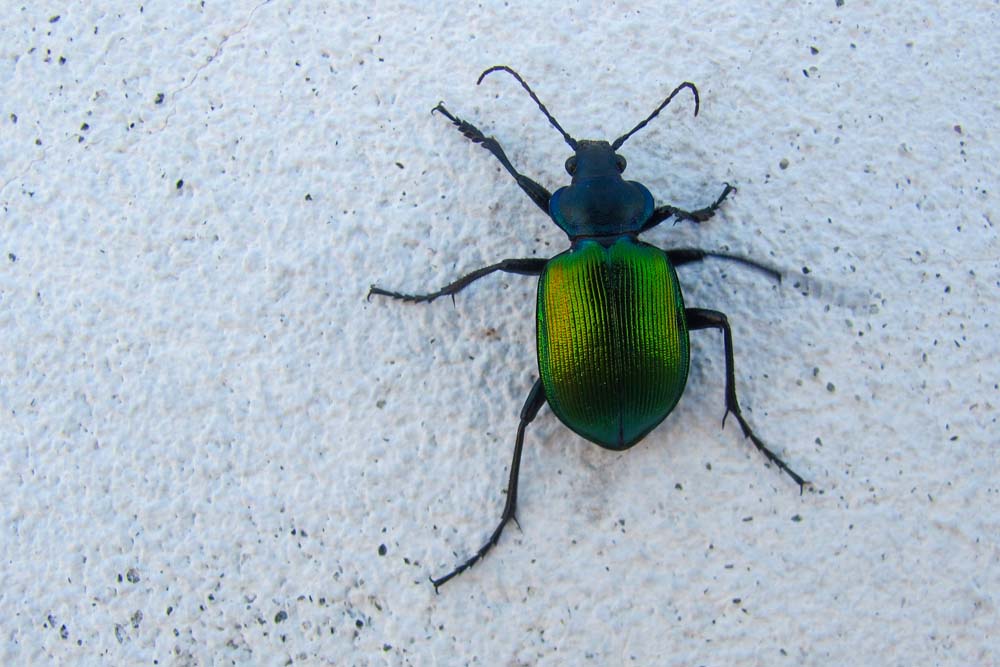
Presumably a forest caterpillar hunter (Calosoma sycophanta) – Großer Puppenräuber. At Moulin Mattei / Cap Corse there were several of them flying around.
Barcaggio, Cap Corse
cirl bunting – Zaunammer (couple); goldfinch – Distelfink (3); house martin – Mehlschwalbe (≈5); barn swallow – Rauchschwalbe (1); herring gull – Silbermöwe (10+); raven – Kolkrabe (1); subalpine warbler – Weißbartgrasmücke (1); common ringed plover – Sandregenpfeifer (2); Italian sparrow – Italiensperling (1); hegdehog – Igel (wandering the streets in bright daylight)
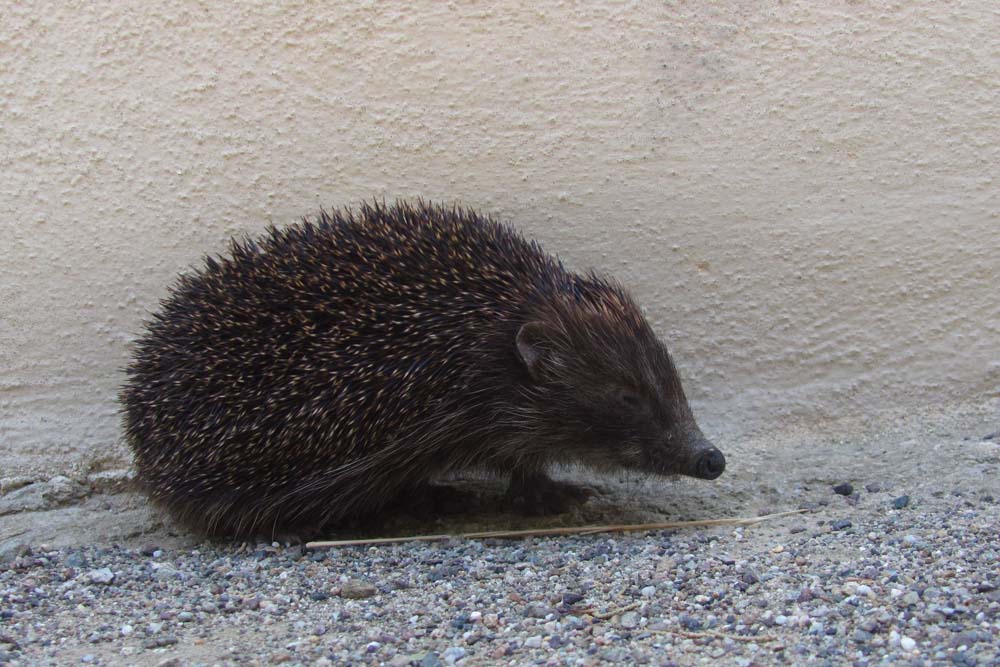
West European Hedgehog (Erinaceus europaeus) – Braunbrustigel: This little fellow seemed pretty lost in the streets of Barcaggio.
Macinaggio, Cap Corse, 27.5.
at Camp site: scops owl – Zwergohreule (-); Eurasian nightjar – Ziegenmelker (1); great tit – Kohlmeise (couple); serin – Girlitz (species?). Iles Finocchiarola: European herring gull – Silbermöwe (≈100); missed: Audouin’s gull – Korallenmöwe
Crossing from Bastia/Corsica zu Genua. 28.5.
European herring gull – Silbermöwe (≈5);
two groups of dolphins (≈2-3 and ≈5 animals).
In the area four species of dolphins are to be seen most likely: common dolphin (Delphinus delphis) – Gemeiner Delfin; Risso’s dolphin (Grampus griseus) – Rundkopfdelfin; striped dolphin (Stenella coeruleoalba) – Streifendelfin; bottlenose dolphin (Tursiops truncatus) – Großer Tümmler.
I could see myself only the smaller group and only for a split second. The animals I saw appeared to be rather small, longnosed and uniformely dark. Because of the size, the form of the nose and because no lighter patches on the upper sides were visible, I guess they were common dolphins.
mammals (7)
red fox (Vulpes vulpes ichnusae) – Rotfuchs
wild boar (Sus scrofa) – Wildschwein
lesser white-toothed shrew (Crocidura suaveolens) – Gartenspitzmaus
West European Hedgehog (Erinaceus europaeus) – Braunbrustigel
? European pine marten (Martes martes) – Baummarder
European rabbit (Oryctolagus cuniculus) – Wildkaninchen
? common dolphin (Delphinus delphis) – Gemeiner Delfin
birds (60)
alpine swift – Alpensegler
barn swallow – Rauchschwalbe
blackcap – Mönchgrasmücke
black coot – Blässhuhn
black-crowned night heron – Nachtreiher
blue rock thrush – Blaumerle
blue tit – Blaumeise
cattle egret – Kuhreiher
Cetti’s warbler – Seidensänger
chaffinch – Buchfink
chiffchaff – Zilpzalp
cirl bunting – Zaunammer
coal tit – Tannenmeise
common firecrest – Sommergoldhähnchen
common moorhen – Teichhuhn
common ringed plover – Sandregenpfeifer
crag martin – Felsenschwalbe
domestic pigeon – Haustaube
Eurasian blackbird – Amsel
Eurasian buzzard – Mäusebussard
Eurasian collared dove – Türkentaube
Eurasian cuckoo – Kuckuck
Eurasian greenfinch – Grünfink
Eurasian jay – Eichelhäher
Eurasian kestrel – Turmfalke
European nightingale – Nachtigall
Eurasian bee-eater – Bienenfresser
Eurasian turtle dove – Turteltaube
European shag – Krähenscharbe
Eurasian hoopoe – Wiedehopf
Eurasian reed warbler – Teichrohrsänger
Eurasian swift – Mauersegler
Eurasian treecreeper – Waldbaumläufer
European goldfinch – Distelfink
European robin – Rotkehlchen
European serin – Girlitz
golden eagle – Steinadler
great spotted woodpecker – Buntspecht
great tit – Kohlmeise
grey wagtail – Gebirgsstelze
hooded crow – Nebelkrähe
Italian sparrow – Italiensperling
house martin – Mehlschwalbe
long-tailed tit – Schwanzmeise
? mistle thrush – Misteldrossel
pallid swift – Fahlsegler
raven – Kolkrabe
red kite – Roter Milan
rock dove – Felsentaube
Sardinian warbler – Samtkopfgrasmücke
scops owl – Zwergohreule
spotted flycatcher – Grauschnäpper
starling – Star (species?)
stonechat – Schwarzkehlchen
Moltoni’s warbler – Ligurien-Bartgrasmücke
water pipit – Bergpieper
woodchat shrike – Rotkopfwürger
woodpigeon – Ringeltaube
wren – Zaunkönig
yellow-legged gull – Mittelmeermöwe
Misses
mouflon: I did not really search for it intensely, but from reading and talking to people it seems it is not an easy task to see one. I also missed Corsican nuthatch (Sitta whiteheadi) – Korsenkleiber, Corsican finch (Carduelis corsicana) – Korsischer Zitronengirlitz and Audouin’s gull (Ichthyaetus audouinii) – Korallenmöwe. For the Corsican finch I did not have the opportunity to search in the right habitat. For the Audouin’s gull I had just one evening at Iles Finocchiarola and was too late to search intensively. For the Corsican nuthatch I looked at Ristonica Valley and Fôret de Bonifatu. I checked five times at the two sites: without success.
Sources
0 Aulagnier et al., 2009: Mammals of Europe, North Africa and the Middle East. Bloomsbury.
1 Kranz, A., Tikhonov, A., Conroy, J., Cavallini, P., Herrero, J., Stubbe, M., Maran, T. & Abramov, A. 2008. Martes martes. The IUCN Red List of Threatened Species 2008: e.T12848A3389453. http://dx.doi.org/10.2305/IUCN.UK.2008.RLTS.T12848A3389453.en. Downloaded on 15 June 2016.
2 http://droitnature.free.fr/NouveauSite/telechargement/fouine_vic.pdf
3 Görner, Martin und Hackethal, Hans. 1988: Säugetiere Europas“. Enke Verlag
4 http://wildpro.twycrosszoo.org/S/0MInsectivor/Soricidae/Crocidura/Crocidura_suaveolus/Crocidura_suaveolus.htm
5 http://www.planet-mammiferes.org/drupal/node/60?photo=8&zone=17

